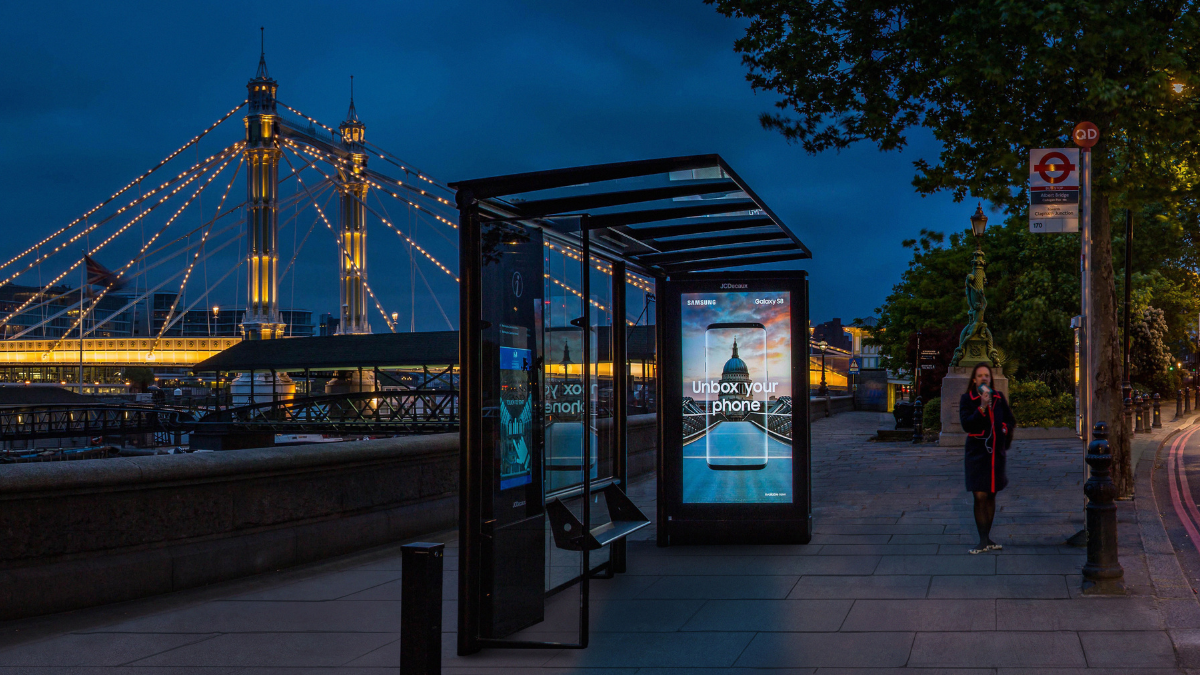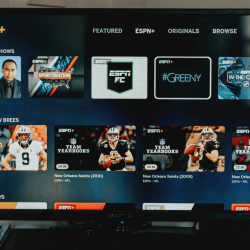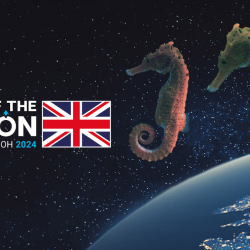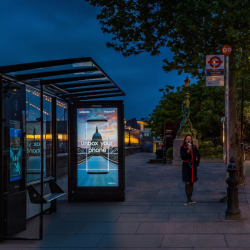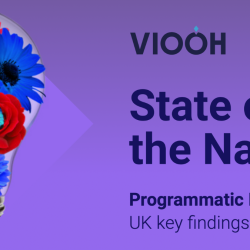In the ever evolving landscape of digital advertising, Programmatic Digital Out-of-Home (prDOOH), a powerful tool for brands to engage with target audiences, is becoming a must-have on every media plan. Our recent State of the Nation research, sheds light on the current trends and dynamics within the prDOOH market globally. VIOOH partnered with international research and strategy agency, MTM, to survey 1,200 advertisers and agencies across the US, UK, Australia, Spain, Germany, and France to learn about the current state of the nation of prDOOH advertising.
With valuable insights for advertisers, agencies, and marketers looking to leverage the potential of prDOOH, we wanted to highlight key trends and strategies that are shaping the industry. These include:
Surge in prDOOH investment
VIOOH’s research underscores a significant surge in investment in the prDOOH market in 2023. Advertisers are increasingly recognising the unique advantages of prDOOH, such as real-time data-driven decision-making and the ability to reach consumers in high-impact locations. As a result, more brands are allocating budgets to prDOOH campaigns. One of the reasons for this surge is the growing demand for personalised and contextually relevant advertising. PrDOOH allows advertisers to deliver dynamic content that adapts to factors like weather, time of day, and audience demographics.
This level of personalisation enhances the effectiveness of campaigns and increases consumer engagement, whilst taking advantage of the brand-safe, trusted public environment of DOOH.
Data-driven targeting and measurement
Data has become the cornerstone of prDOOH advertising. Our research revealed that advertisers are increasingly relying on data-driven targeting and measurement to optimise their campaigns. This involves harnessing a wealth of data sources, including location data, audience insights and real-time traffic information, to make informed decisions about when and where to display ads.
The ability to measure campaign performance in real-time is another key advantage of prDOOH. Advertisers can track metrics such as impressions and store visitation, enabling them to optimise their strategies in real-time, and maximise the return-on-investment of their prDOOH campaigns.
Creative flexibility and dynamic content
With prDOOH, advertisers are no longer limited to static billboards; they can create dynamic and interactive content that captivates audience and can respond to external factors like weather conditions or user interactions, making the ad experience more engaging. The ability to change content in real-time allows advertisers to run time-sensitive campaigns or respond to current events. This agility is particularly valuable in an era where consumer attention spans are short, and staying relevant is paramount. As a result, creative agencies are embracing prDOOH as a canvas for innovation and experimentation.
Integration with other media channels
Our research suggests that prDOOH is increasingly being integrated into broader media strategies. Advertisers are recognising the benefits of cross-channel campaigns that combine prDOOH with other digital media, such as mobile and social advertising. This integration allows brands to create cohesive and immersive brand experiences that reach consumers at multiple touchpoints.
For example, a brand might use prDOOH to build awareness and drive foot traffic to a physical store, while simultaneously running mobile ads offering special discounts to incentivise visits. This synergy between channels enhances brand visibility and can lead to more impactful marketing outcomes.
Sustainable advertising
Sustainability considerations are hugely important in the media landscape. VIOOH’s research also indicates that brands are increasingly considering sustainability when making media channel choices.
JCDecaux’s recent Time to Give Back report showed that 56% of marketers felt it was important that media spend gives back to the communities it serves. Many OOH media owners utilise green electricity, solar panels and rainwater for cleaning.
Studies conducted by Climate Partners and Media Plus showed that both DOOH and traditional OOH have significantly better carbon footprints versus other media channels, when comparing campaign reach for 1000 consumers. As programmatic is able to further enhance the relevancy of DOOH, the power of the public screens in prDOOH makes this one-to-many format a better option versus one-to-few/one channels, such as digital display or TV.
As the prDOOH market continues to evolve, staying informed about these trends and adopting best practices is essential for brands looking to make the most of this powerful advertising channel. With its ability to deliver contextually relevant, dynamic content to consumers in high-impact locations, prDOOH is poised to play a central role in the future of digital advertising.
Featured image: Albert Bridge / Google Images




















